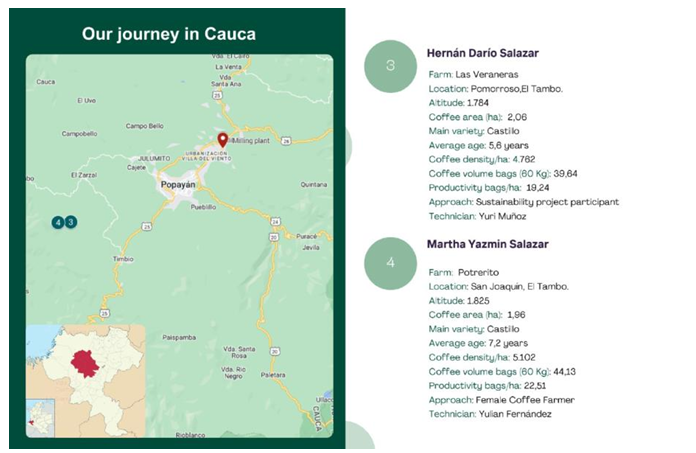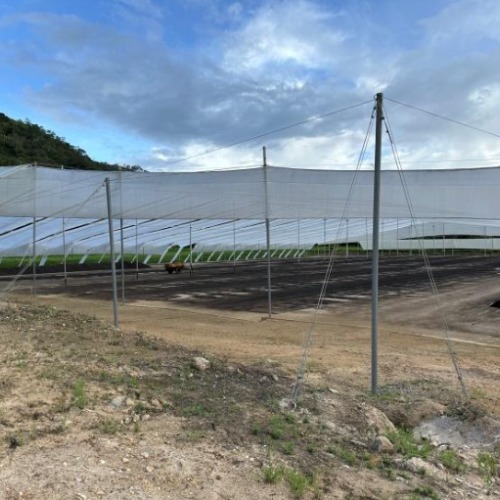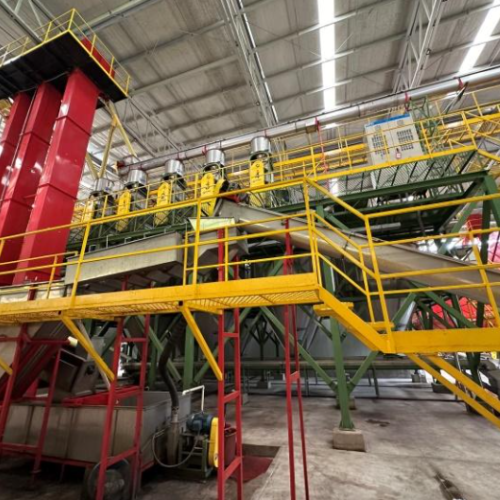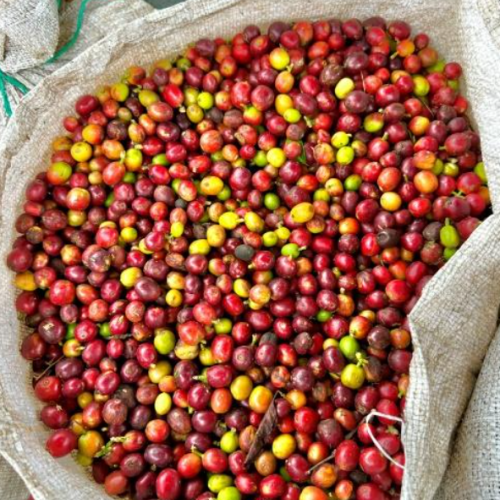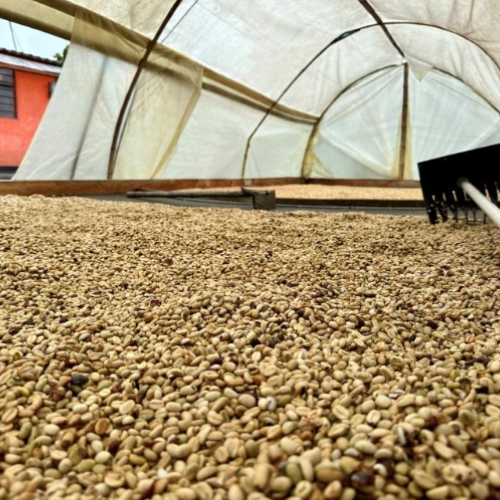Colombia is still the largest producer of washed Arabica in the world.
Tour Colombia 2024
Coffee Facts
Colombia is still the largest producer of washed Arabica in the world. There are about 542.000 coffee families growing coffee, and majority working on small farms with less than 3 hectares. There are about 840.000 hectares of coffee plantations out of which 780.000 is productive area (South case) 87% of trees are of new varieties, more resistant to rust and climate change. However less than 5% of the areas were renovated during the last two years which might impact the production in the upcoming years as trees are not young.
Some intresting points :
- Cost of fertilizers has corrected by 30%
- Cost of picking has decreased by 30%.
- Production cost close to 1.2 million pesos per carga (125 kg) of parchment
- Estimated productivity per hectare: 14.0 bags of 60 kg (ECOM Source*)
- Coffee is seen by new producers as way to progress and overcome violence. In some areas like Cauca, people is switching Coca for coffee (this is incredibly good for us, Colombians)
- Climate change has brought more frequent La Niña / EL Niño occurrences.
- Because of the bad experiences with defaults faced 2 years ago, there is inability to make forward sales. COP has appreciated by 23% in 2024 Fertilization is mostly done empirically and randomly
- Producers based their decisions on cost of production instead of profitability
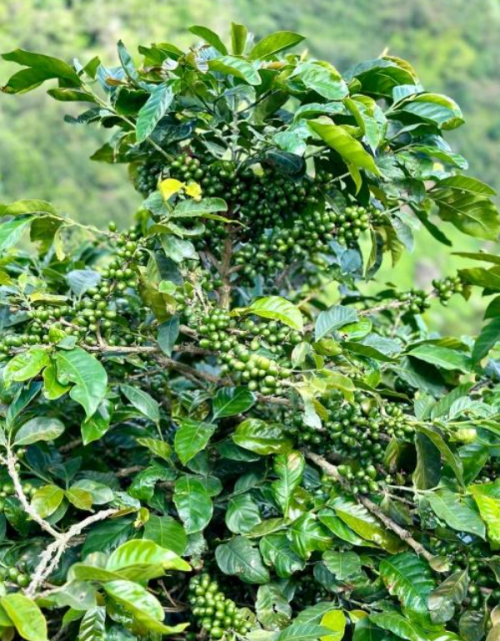
Crop Evolution
We expect the crop 23/24 to recover to 12.20 Mio bags (coming from 10.6 Mio bags produced in 22/23) given drier conditions and improved sunlight resulting from El Niño. From Oct/23 until Apr/24 the production is already at 7.187 Mio bags while the same period the year before was at 6.187 Mio bags.
In the first quarter of 2024, the dryer conditions and improved luminosity caused by El Niño supported the improved flowering of the main coffee harvest of the second half of 2024.
However...
However, the extreme drought conditions have impacted negatively the following two points:
Very bad yields:
usually the average yield between parchment and green coffee equivalent was around 90/92.8 while today for the fly crop the yields are seen at 110 and even 130 in some cases. This is creating quite some headaches for millers and exporters, as the exportable qualities and bigger screens are less available. Premiums for Supremo are crazy high, and getting bigger and bigger as long as the yields don’t improve. Range could be around 10 to 15 cts on top of EP prices (when used to be more around 4 cts premium).
And high incidence of coffee borer:
the levels of broca are very high. Used to be around 20 gr in a sample of 500 gr and now they have around 95 gr in the same sample. This is impacting the quality on the negative side.
As a result of such context :
low grades or product of Colombia are more available and there might be an opportunity for those flexible roasters to explore further such qualities and preparations to get discounted coffees. Crop 24/25 is forecasted at 13.2 Mio bags. The flowerings were good but there are some critical points to be monitored in the next month to reassure such number. Rains came up late after the good flowerings happening earlier in the year and together with the bad yield outcomes and higher broca levels of fly crop are creating some question marks on the actual development of the main crop. This number will be revised in the upcoming months.
Crop Tour 2024
Wet Mill (Agua Blanca, Pitalito, Huila)
This is a great innovation from ECOM CCA (Condor), and the wet mill is ready to receive 180 mt of cherry per day. They have very high technology (Penagos, Colombian brand) to prepare the coffees with all the kind of specificities needed. With the aim of zero water waste, the wet mill only uses 0.3 L per kg of cherry while the traditional wet process at farm level uses an average of 40 Liters per kg of cherry. No water comes out in nature, everything evaporates. Production of dry fertilizer, zero waste . Multiple fermentation processes allow for the development of a consistent and differentiated cup profile.
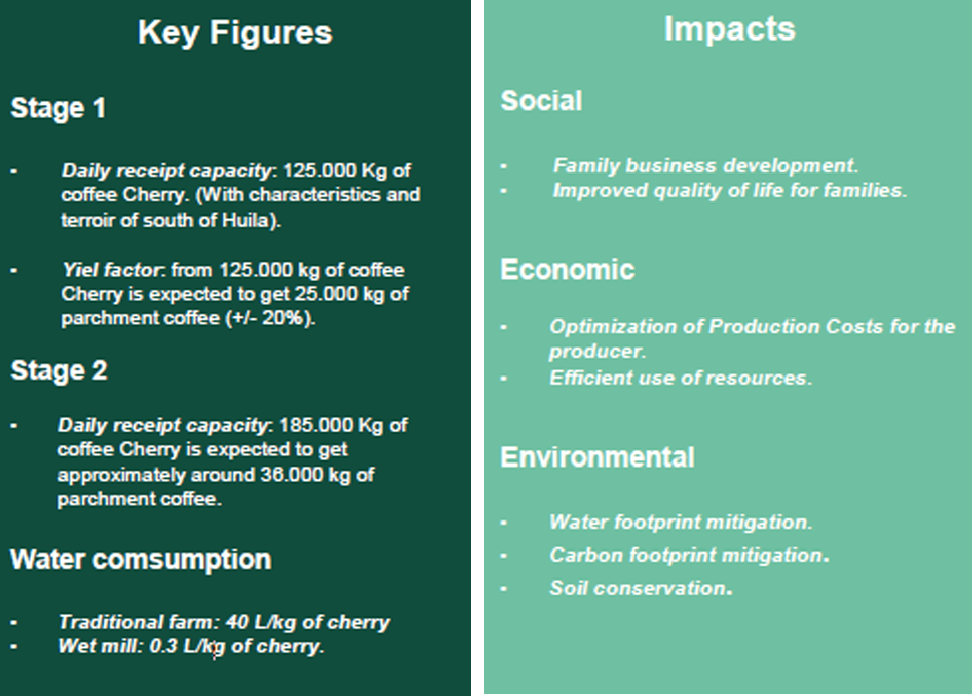
Farm Visit : Pitalita, Huila
The crop is delayed somehow, some green beans hanging on the trees and the harvest will start late June. Bad yields reported and also big incidence of coffee borer.
Role of women within the family has been evolving; more of them are engaging and becoming more active in the coffee business.
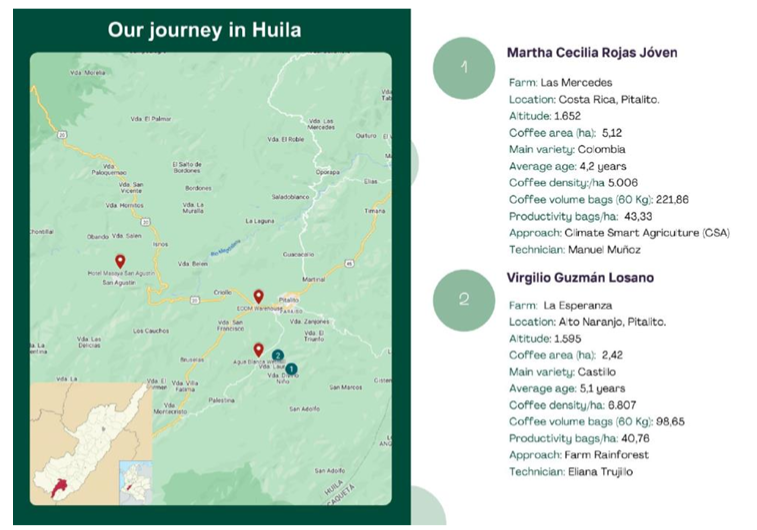
Farm Visit : Cauca (Popayan and El Tambo)
In Cauca on the contrary the crop is in full swing (main crop) with about 30 to 40% progress. Qualities are slightly better than Huila, but still lower yields vs average, coffee borer outbreak is also a problem.
